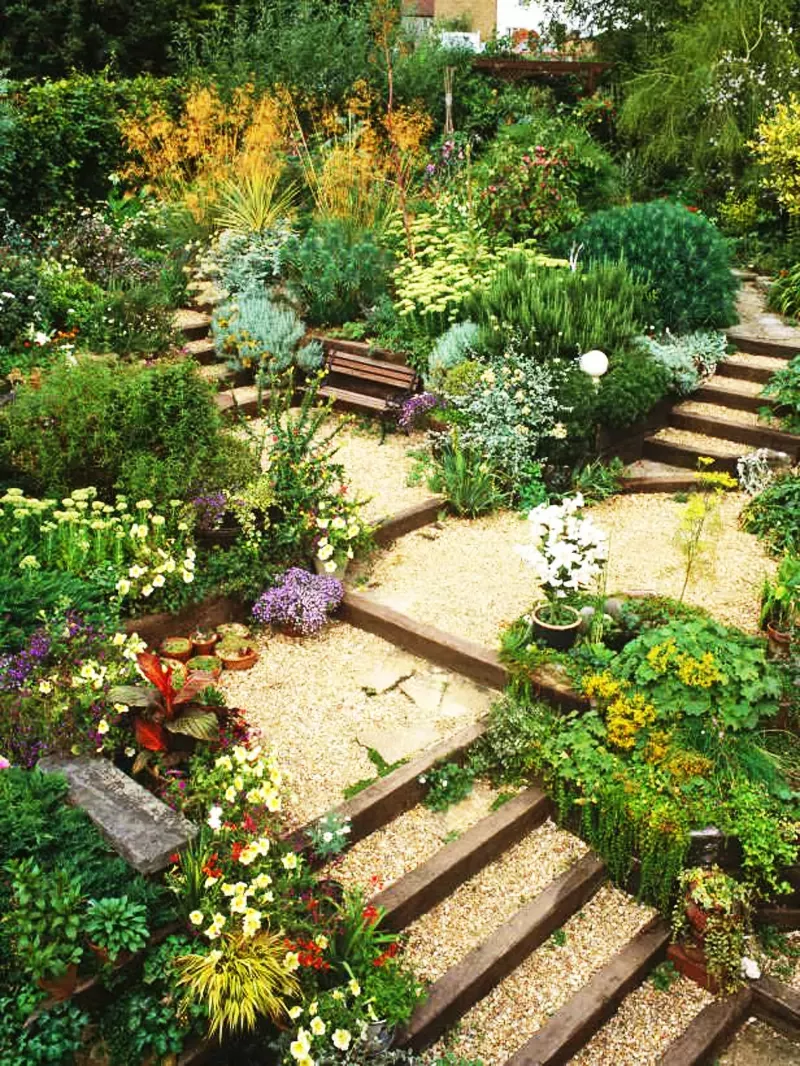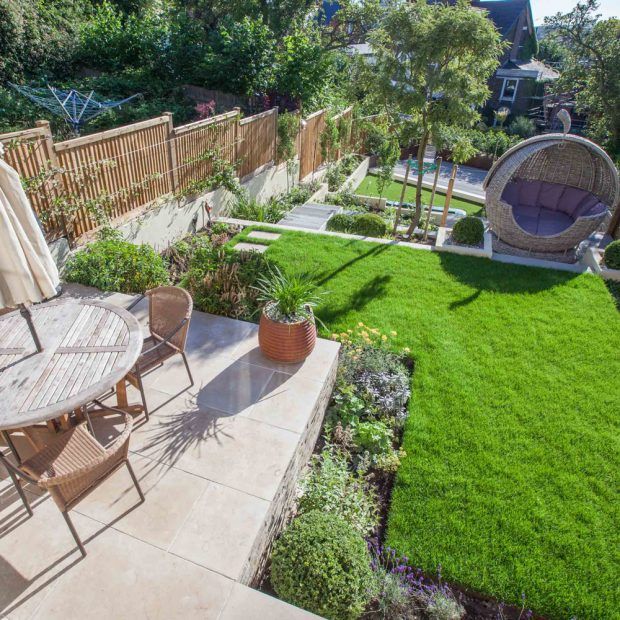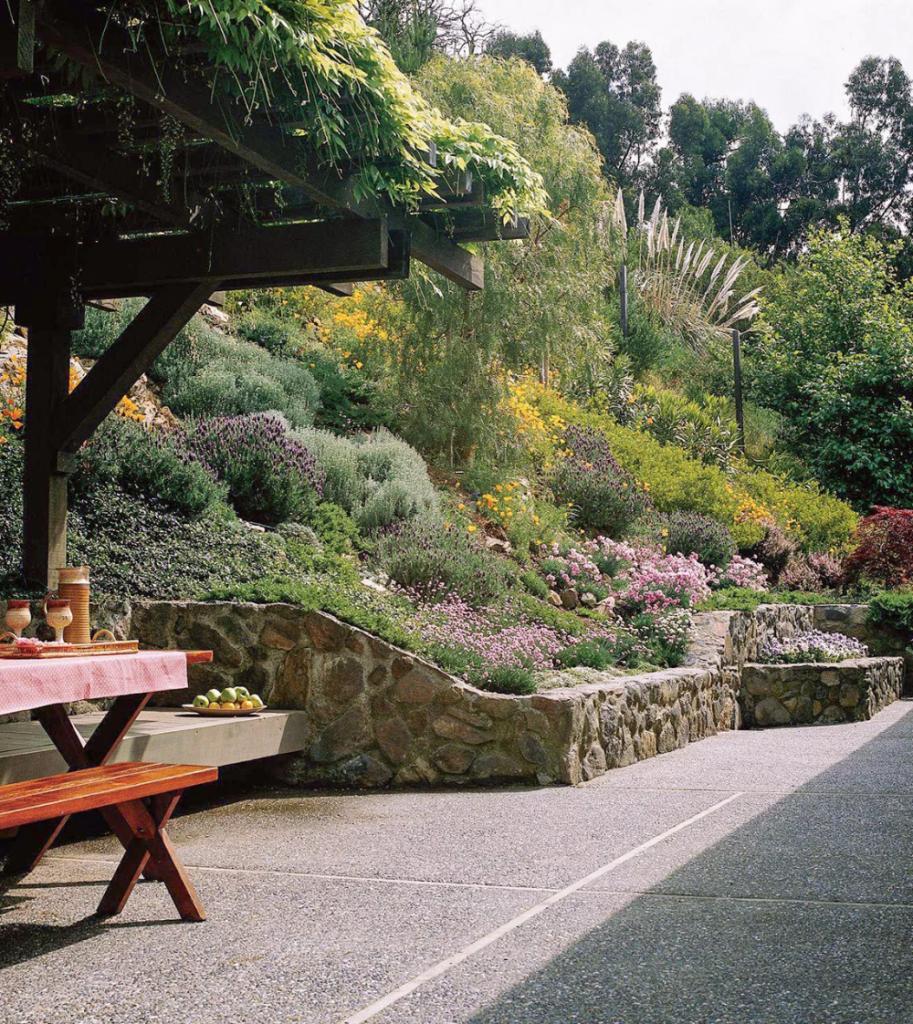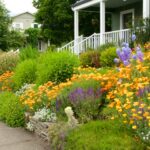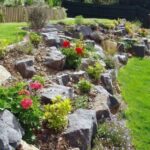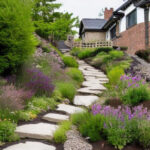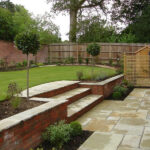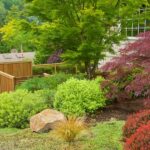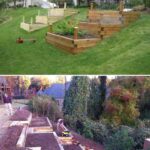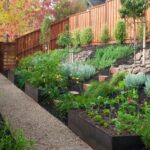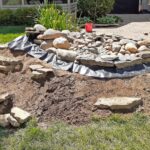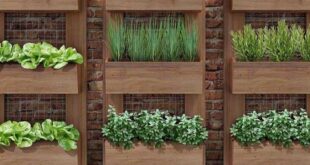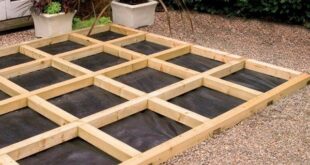Garden design on a slope can present a unique set of challenges for homeowners and landscapers alike. Whether the slope is gentle or steep, it is important to consider the natural topography of the land and how it can be integrated into a functional and visually appealing design.
One crucial aspect to consider when designing a garden on a slope is erosion control. Without proper measures in place, rainwater can easily wash away soil and plants, leaving behind barren patches of land. To prevent this, terracing is often employed to create level or gently sloping areas that help to slow down water runoff and allow it to be absorbed into the soil.
In addition to erosion control, terracing can also provide an opportunity to introduce a variety of plants and landscaping features at different levels, creating a visually dynamic and interesting garden design. By carefully selecting plants that are suited to the specific conditions of each terrace, such as shade-loving plants for shady areas or drought-tolerant plants for sunny spots, homeowners can create a diverse and thriving garden that is tailored to the unique microclimates of their slope.
Another design consideration when working with a slope is the placement of paths and walkways. By carefully laying out paths that follow the natural contour of the land and incorporate steps or retaining walls as needed, homeowners can create a safe and accessible garden that is both functional and aesthetically pleasing. Additionally, the use of materials such as gravel or permeable paving can help to prevent erosion and promote water infiltration into the soil.
When designing a garden on a slope, it is important to consider the overall flow and movement of the space. By creating pathways that meander and wind their way through the garden, homeowners can encourage exploration and create a sense of discovery as visitors traverse the landscape. The use of curves and bends in the pathways can also help to soften the visual impact of the slope and create a more organic and naturalistic feel.
Incorporating elements such as retaining walls, planters, and seating areas can also help to enhance the functionality and beauty of a sloped garden. Retaining walls can help to create level areas for planting or seating, while also providing structural support to prevent erosion. Planters can be strategically placed to add height and interest to the garden, while seating areas can provide a place for relaxation and enjoyment of the surrounding landscape. By carefully considering these design elements, homeowners can create a sloped garden that is not only visually stunning but also functional and inviting.
 yishifashion Where Outdoor Dreams Become Reality
yishifashion Where Outdoor Dreams Become Reality
